Review: Samsung Infuse 4G
May 18, 2011, 7:28 AM by Eric M. Zeman
updated May 26, 2011, 2:16 PM
Samsung's Infuse 4G comes with one of the largest displays available on a modern smartphone. With 4.5 inches to play with, the Infuse is mighty tempting. Read Phone Scoop's full review to get the nitty gritty details.
Form
Is It Your Type?
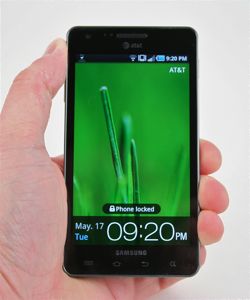
The Samsung Infuse 4G is the latest flagship Android device available from AT&T. With its massive 4.5-inch display, it pushes the upper boundaries that separate smartphones from tablets. With is huge screen, thin profile, speedy performance, and powerful media capabilities, there's little to dislike, although we managed to find a few missteps anyway.
Body
The Infuse is enormous, possibly too enormous for some. It measures a pocket-stretching 5.2 by 2.8 inches. It is perfectly rectangular in shape, with gently rounded corners. I can barely get my hands around it. If it weren't 8.9mm thin, there's no way I'd want to carry this thing around. It dwarfs any other phone placed next to it, enough that - if you're a guy - it may draw off-color jokes about its size with respect to something for which you might be compensating. It's not the Lamborghini of smartphones (after all, it isn't encrusted in diamonds), but it is the full-sized pick-up truck of smartphones, with super-sized suspension and knobby tires. Annoyingly big, but its size makes it more useful for some tasks.
How does it feel? As with many of the Samsung Android phones to reach market in the last year, it feels cheap thanks to the glossy and creaky plastics. I'm not a fan of the materials Samsung has chosen for its Galaxy devices, and the Infuse makes no improvements there. It is slippery, and I can imagine it jumping from the fingers of many a user during its lifetime. The smooth surfaces do help it slip into pockets, assuming the pocket is large enough to accommodate it.
To say that the front is all screen would be putting it mildly. With 4.5-inches of Super AMOLED Plus display stretching across the front, there's little room for anything else. Samsung did manage to place four capacitive Android keys at the very bottom edge.
Other controls are kept to a minimum. On the left, you'll find the volume toggle in its customary place. It stands out stiffly from the side, making it easy to find. Travel and feedback are OK. The power/lock button is opposite the volume toggle on the right side. I've griped about this positioning before, and I'll gripe again. I'd much prefer Samsung put the power/lock button on the top of the phone.
The microUSB port is tucked into the bottom edge. Sadly, it doesn't double as an HDMI port (via MHL), and there's no HDMI port on the Infuse. Instead, Samsung makes an adapter that goes from microUSB to full HDMI. The 3.5mm headset jack is where I like it to be, on top.
The battery cover peels off easily enough, but it is extremely flimsy. I can easily imagine it snapping in half if you yank too hard on it. The huge battery is accessible once the cover is removed. The SIM card can be taken out without removing the battery, but the microSD card port is buried under the battery. Usually, it's the other way around. This is unfortunate, as it makes hot-swapping the microSD card impossible.
Over all, the Infuse is an impressive phone. It may lack some features and takes a spartan approach to its design, but the hardware doesn't get in the way of usability.
The Three S's
Screen
The Infuse's monster 4.5-inch Super AMOLED Plus display is the whole point behind this phone; otherwise the Infuse isn't that much different from Samsung's other recent offerings. The Infuse's screen - surprisingly - has the standard 480 x 800 pixel count found on many Android devices with smaller screens. That means pixel density is reduced, but Samsung will tell you the sub-pixels in its Super AMOLED Plus displays make up the difference. I'll tell you that images, text, and other graphics aren't as smooth as they are on the iPhone 4's Retina display, but the Infuse's display is brighter both indoors and out. The screen does come in handy when watching video, browsing the web, and looking over your Facebook news feed.
Signal
The Infuse was reasonably good at attaching itself to AT&T's network. Whilst in northern New Jersey, it rarely dipped below three bars and never lost the signal entirely. In both NYC and San Francisco, signal performance was a bit weaker, and it lost AT&T's network at least once in each city. I didn't miss any calls while testing the Infuse, but I had trouble connecting one from NYC. Data speeds were good.
Sound
Call quality with the Infuse is better than that of the HP Veer, but not by much. Conversations took on a nasty robotic edge at times, and sometimes I felt like voices were stabbing my eardrums. There was some slight garbling, but mostly conversations sounded overly sharp. The earpiece volume was plenty loud for most environments, as were ringers and alerts. The speakerphone was also loud, but suffered the same quality problems as the earpiece. The vibrate alert was excellent.
Battery
I barely made it through an entire day with the Infuse under heavy usage strain. From a full charge, it burned through the entire battery quite consistently at the 15-hour mark (7AM to 10PM). One day, it kicked off after just 12 hours, and another it lasted until about Midnight. You're going to have to charge it every night, if not during the day as well, if you use it a lot for activities other than browsing, social networking, and listening to music.
Basics
Menus
From here on out, the Infuse mirrors other Samsung devices almost exactly with respect to the software experience. It runs the same version of TouchWiz on top of Android 2.2.1 that the recently-reviewed Droid Charge does.
I continue to dislike the color schemes chosen by Samsung for its TouchWiz user interface, but that's a personal preference. The Infuse has seven home screens, most of which can be adjusted at will to suit individual tastes.
The main app menu is laid out in 4 x 4 grids that slide from side to side - like the iPhone - rather than up and down. Applications are listed alphabetically by default, but it is easy to rearrange them into any order you like. The main menu can also be set to appear in a single list view.
Otherwise, the overall menu architecture is about what you might be used to with Android.
Calls/Contacts
The calling and contacts applications on the Infuse are the same basic calling and contact applications that are found on most Android devices. They receive the same splash-of-color treatment that the Droid Charge did. The functionality of this app is unchanged, however.
The Infuse does include the Samsung "Buddies Now" home screen widget that can be populated with links to up to nine buddies. It loads up a full-screen carousel with the faces of your nine top friends. Scroll through the list for easy access to calling and messaging tasks via the action bubbles that appear in the widget next to your friends' avatars.
If you want to look at a buddy's entire contact card, simply press their avatar and you'll be taken into the contact application. This app can be used instead of setting a handful of contact shortcuts to the home screen.
Messaging
Nothing sets the Infuse apart in the messaging department; it mirrors the experience that most Android handsets provide.
The SMS application remains simple yet powerful. Messages are threaded in a conversation style, and media (photos, video, audio) fall inline with the text. The usual two Android email applications are also present. There's the generic email app for POP3/IMAP4 and Exchange, as well as the native Gmail application.
On the instant messaging side of the equation, the stock GTalk application is on board for Google users, but a catch-all application for other services is missing. If you want to chat via AIM, Yahoo, or Windows Live, you'll need to seek out a third-party solution from the Android Market.
The Infuse also has a home screen widget for accessing generic feeds, such as Twitter, Facebook, and so on. The feed works well, but I found it to be a bit limiting and not nearly as feature-rich as the full-fledged social networking applications themselves.
Facebook and Twitter aren't pre-installed, so you'll have to download them yourself.
Extras
Media
Music
The Infuse uses the same, slightly customized version of the Android Music player application as found on the Droid Charge. It includes the nifty "CD View" for sorting through music and user-adjustable equalizers for shaping the sound.
Oddly, the are no music services on board the Infuse at all. Samsung's Media Hub is present, but only offers movies and television shows; no music. Obviously, options abound in the Android Market, such as the Amazon MP3 Player, Slacker Radio, Pandora, etc.
Music can be played back through attached headphones, or sent via Bluetooth to properly equipped Bluetooth devices. Sound quality of music playback was quite good.
Video
As far as video goes, the Infuse has the stock Android video player application, YouTube application, and AT&T Live TV application on board. The Infuse easily handled video content that I side-loaded, and I found the Infuse great for watching movies thanks to the large screen.
Media Hub
The Infuse 4G also comes with Samsung's Media Hub installed. Think of Media Hub as iTunes or Amazon MP3 Store, and you more or less get the idea. Users can access the Media Hub to download movies and television shows on the Infuse, but not music. The Media Hub offers music to other devices, but not the Infuse, for whatever reason.
Camera
Camera
The Infuse uses the exact same camera software as found on the Droid Charge, and that's a good thing. The viewfinder window is busy with controls running down either side. On the left, users can switch to the front camera, select shooting mode (single, panorama, beauty, cartoon etc.), set the flash, the exposure, or dive into a fuller settings menu. On the right, you can access the camcorder and the gallery.
The main camera settings menu is extensive and lets advanced users adjust nearly every facet of the camera and picture-taking experience. Exposure, scene/setting, metering, ISO, and more can all be tweaked.
The Infuse has touch-to-focus, and will lock onto anything you want in the viewfinder. Focusing takes about a second, and then the image is captured immediately.
My one complaint? No physical camera button.
The camcorder software behaves in exactly the same manner as the camera.
Gallery
The Infuse makes use of the stock Android 2.2 photo gallery. Images are stored in floating stacks based on date. The view of the gallery can also be switched to a more linear timeline view. Once you dive into the gallery or photo you want, you'll find more of the same stock Android performance.
The Infuse is yet another advanced Android phone to have absolutely no editing powers. You can't do *anything* with photos once you've taken them except send them along.
Photos/Video
Photos
The Infuse's sensor is capable of capturing 8 megapixels. I was impressed with its performance. Given the solid camera controls, you can fine-tune the Infuse to handle pretty much any lighting situation. Even if you don't futz with the controls, the automatic settings do a commendable job.
In the images I captured, I noticed that the Infuse had a little bit of trouble with white balance when using the flash. Not using the flash led to better white balance performance. Both indoors and out, images were sharp, clear, and free of digital noise and other garbage. The Infuse can easily be used to replace a point-and-shoot on any vacation.
Video
The Infuse can also capture 720p HD video. Panning the Infuse around produced some waviness, but otherwise, HD video looked very, very good. I was pleased with the overall clarity of the video and the lack of smearing and blockiness. Colors weren't 100% accurate, but they were close enough that it won't matter to most people.
Browse/Customize
Browser
The Infuse 4G comes with the stock Android browser. Paired with AT&T's HSPA+ network, it worked well, and most data sessions were fast enough to satisfy your inner speed demon. I didn't notice any additional features or functionality added by Samsung, though the Infuse did update to Flash Mobile Player 10.3 when first booted. I made sure to test Flash content, and didn't have any problems with it whatsoever. The Android browser continues to be a good piece of software and the Infuse 4G's outrageous display makes browsing all the better.
Customize
Samsung offers plenty of tools to let most users make the Infuse 4G their own. With seven home screens, there is plenty of real estate for apps, shortcuts, and widgets. Wallpapers can all be changed up, as can ringtones, and such.
Extras
Apps
The Infuse actually has fewer applications on board than many other Android phones I've tested of late. Notable stand-outs include Angry Birds, AT&T Code Scanner, Mini Diary, and AllShare, a DLNA substitute that lets you send media content from one Wi-Fi device to another. AT&T still managed to stick a few apps on the Infuse 4G that can't be removed. (I'm looking at you, Yellow Pages.)
Bluetooth
The Infuse is one of the few devices that supports Bluetooth 3.0+HS. Bluetooth 3.0+HS makes for faster wireless data transfers by handing off the actual transfer to Wi-Fi. In my tests, I was able to pass complete MP3 albums wirelessly between compatible devices in under a minute. Of course, the Infuse also supports mono/stereo Bluetooth headsets. Pairing and connecting was no problem, and sound quality through both was acceptable.
Clock
The Infuse's lock screen has a large digital clock at the bottom, but I wish the font were thicker or bolder. It can be a bit difficult to see at times. There is also a clock application if you're interested in using a stopwatch, timer, setting alarms, etc. This app doesn't have any effect on the lock screen clock, though.
GPS
As with the Droid Charge, there are plenty of Google location services on board the Infuse. It has Google Maps, Latitude, Navigation, and Places, in addition to AT&T Family Map and AT&T Navigator. Google's mapping and navigation services continue to perform very well, and the Infuse's GPS radio was consistently able to locate me in under 10 seconds. Accuracy was never better than within about 25 feet, though. AT&T's Navigation software is also good, but costs $10 per month to use. The AT&T Family Map is for paranoid parents who want to keep a dime on their kids' whereabouts at all times. It also requires a monthly fee per line spied upon.
Wrap-up
The Samsung Infuse's stand-out feature is its gigantic, 4.5-inch Super AMOLED Plus display. Almost every other feature can be found on other Android devices. The Infuse's display is certainly impressive, but it makes for a larger-than-life device that may literally be too big for some users.
I was a little disappointed by the Infuse's performance in some key essentials, such as voice quality and battery life. Network performance was acceptable, however, as was the overall user experience and performance of this 1.2GHz-powered powerhouse.
The music and video experience provided by the Infuse are also good, and the camera and video camera perform better than average. With solid messaging and social networking applications available, there are few things the Infuse can't do.
With so few drawbacks, it's hard not to recommend the Samsung Infuse 4G. It's an all-around solid device that rarely disappoints.

Comments
I Actually Laughed Out Loud at Work
I enjoyed this review. 🤣
Infuse microUSB port does double as an HDMI port...
The phone comes with an adapter that turns the MicroUSB charging port into a standard HDMI port.
Also, on the specs page, it says the phone is only capable of video recording in 720P.
It is capable of 1080P.


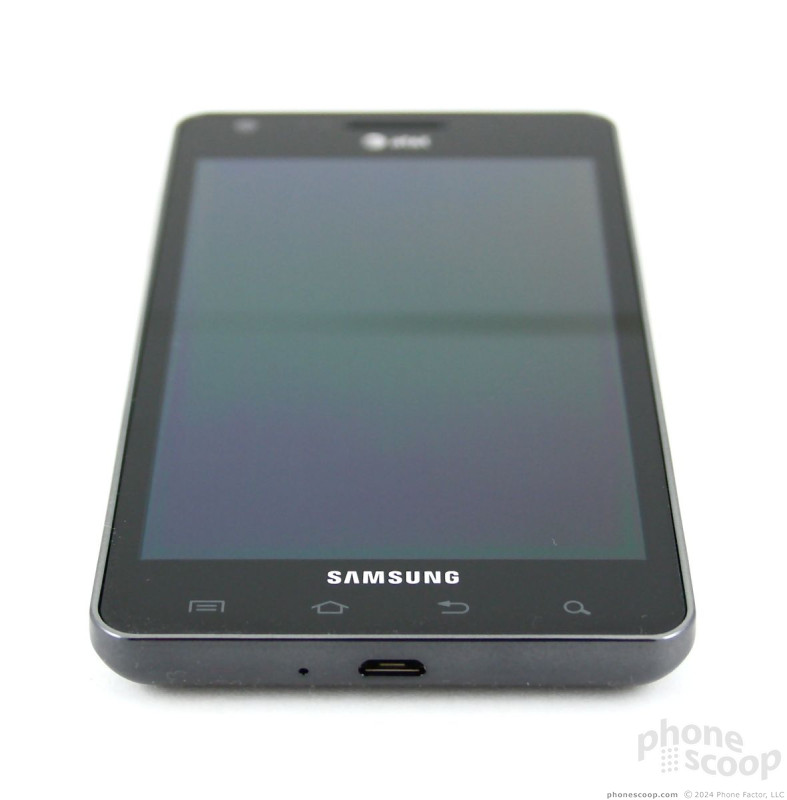










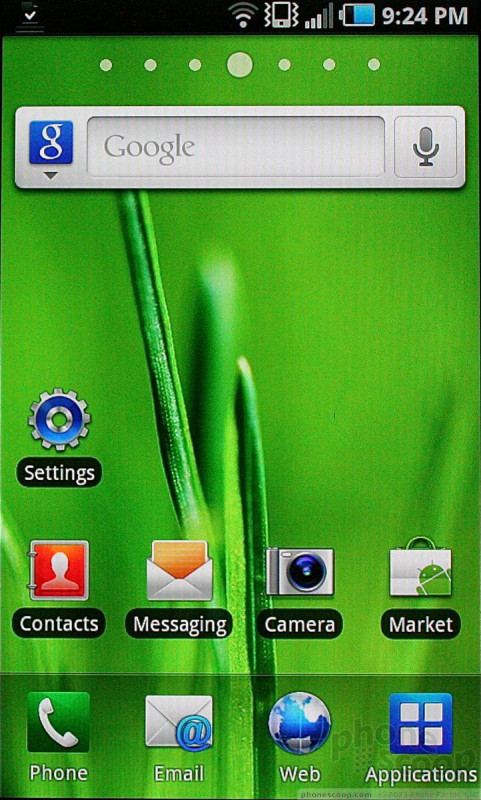




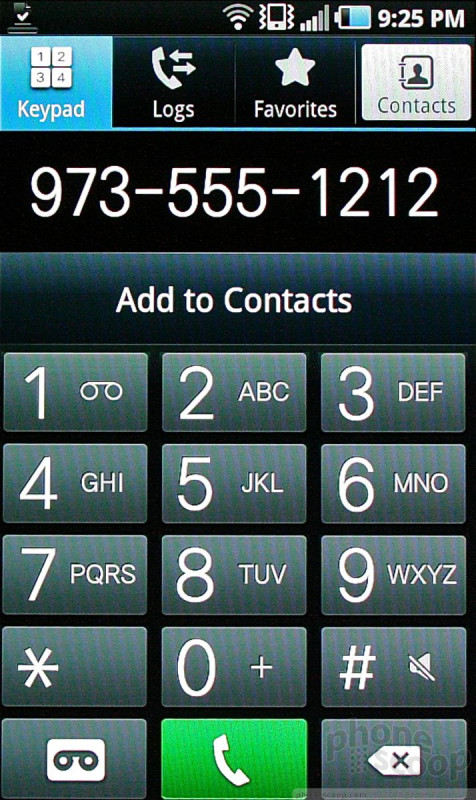


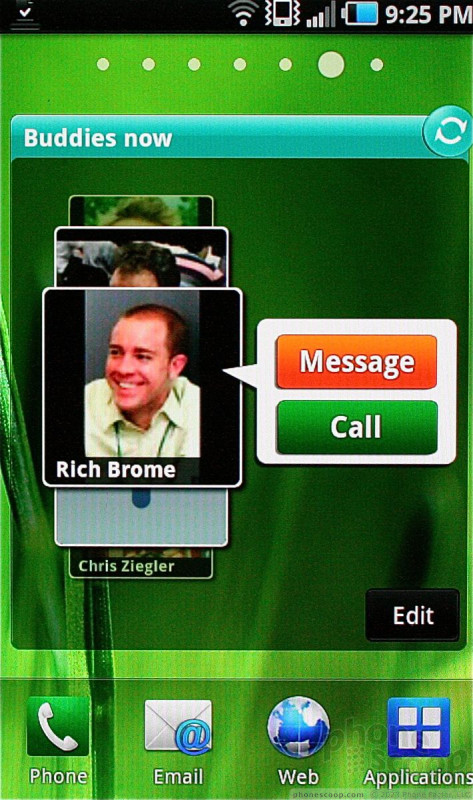





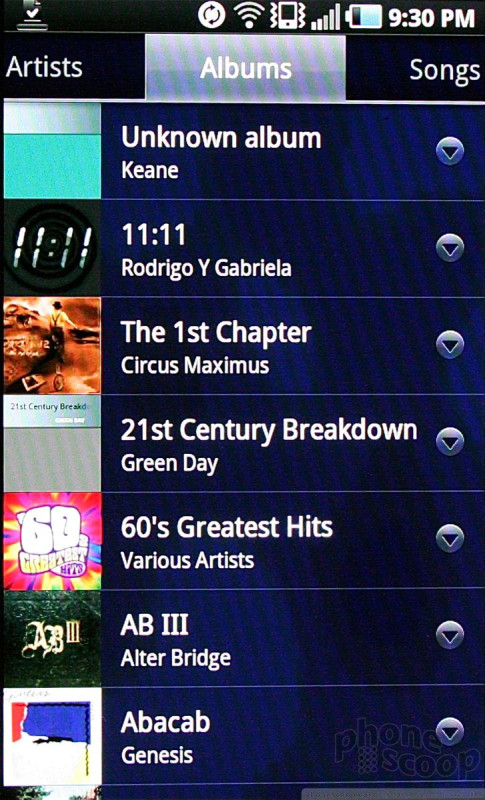



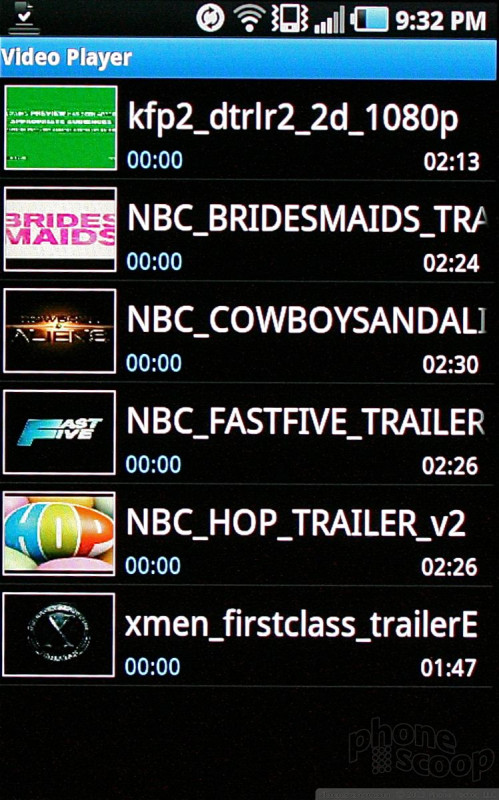



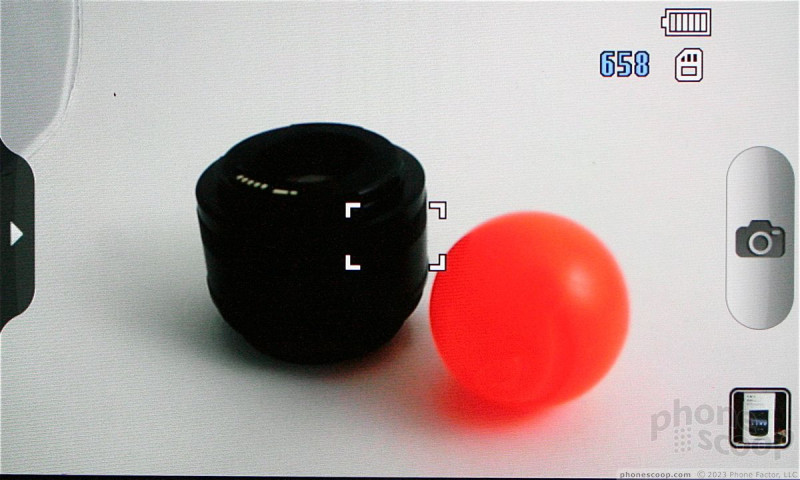



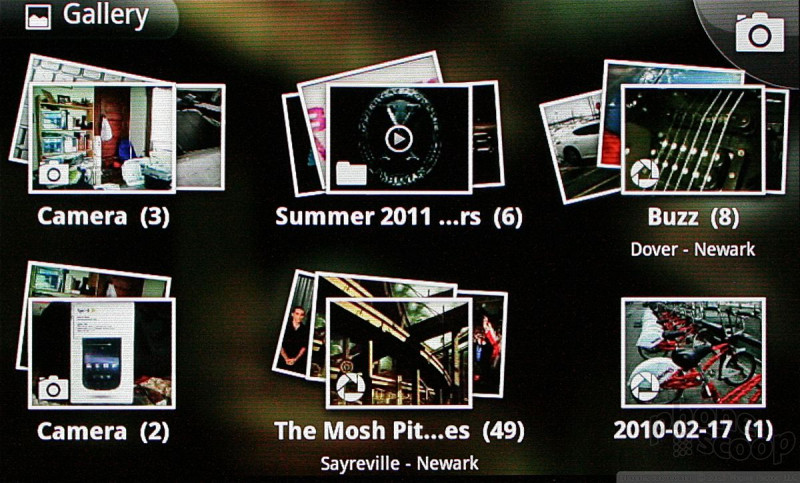



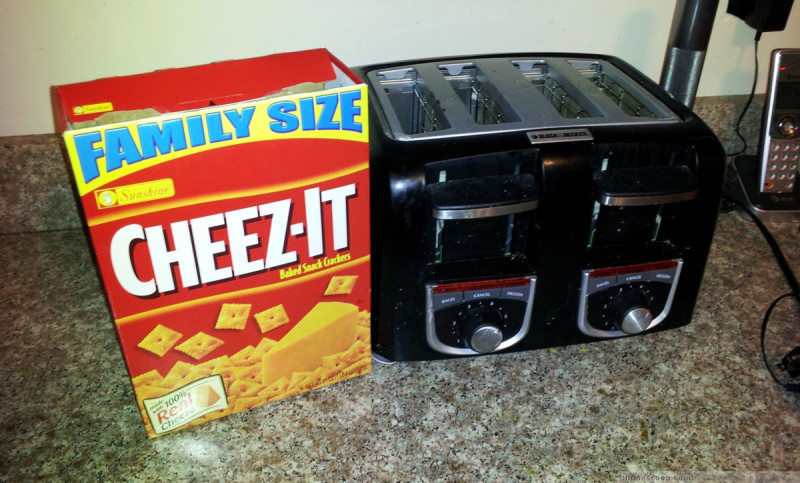















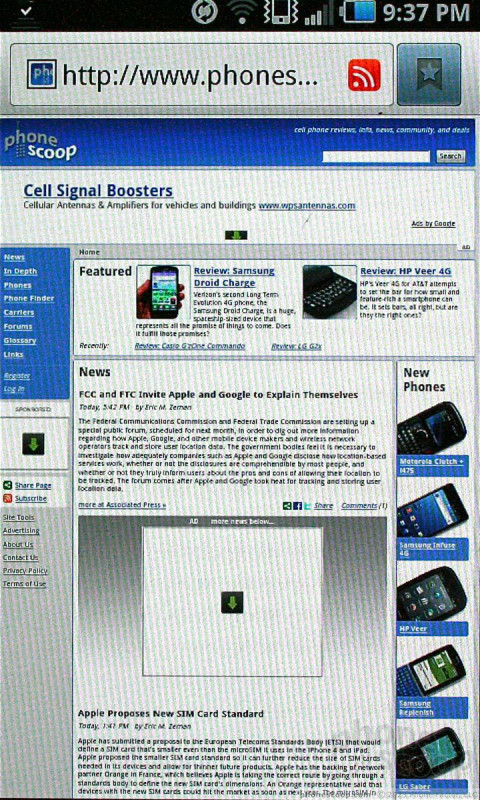



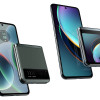 Motorola Gets Serious About Foldables with New RAZR Lineup
Motorola Gets Serious About Foldables with New RAZR Lineup
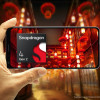 Qualcomm's New Chip for Entry-Level Phones Moves to 4nm
Qualcomm's New Chip for Entry-Level Phones Moves to 4nm
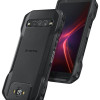 Kyocera Brings DuraForce Pro up to Date
Kyocera Brings DuraForce Pro up to Date
 Samsung Infuse 4G
Samsung Infuse 4G









